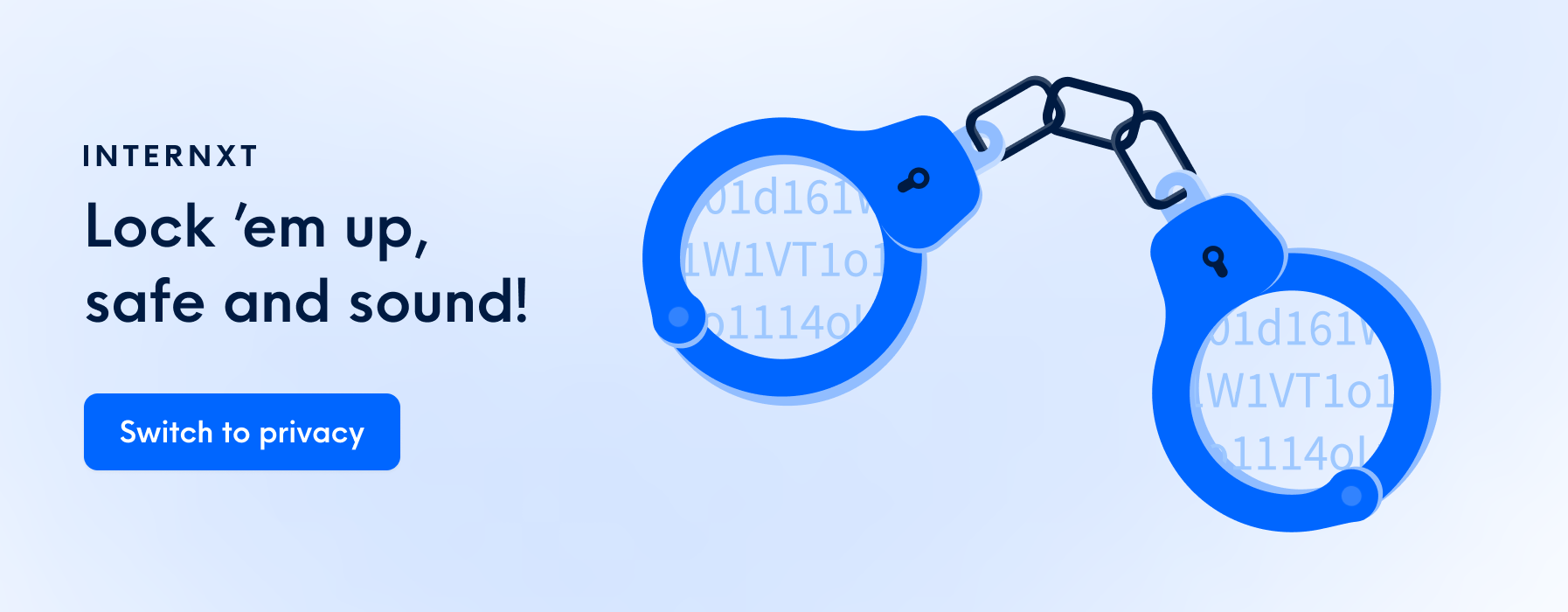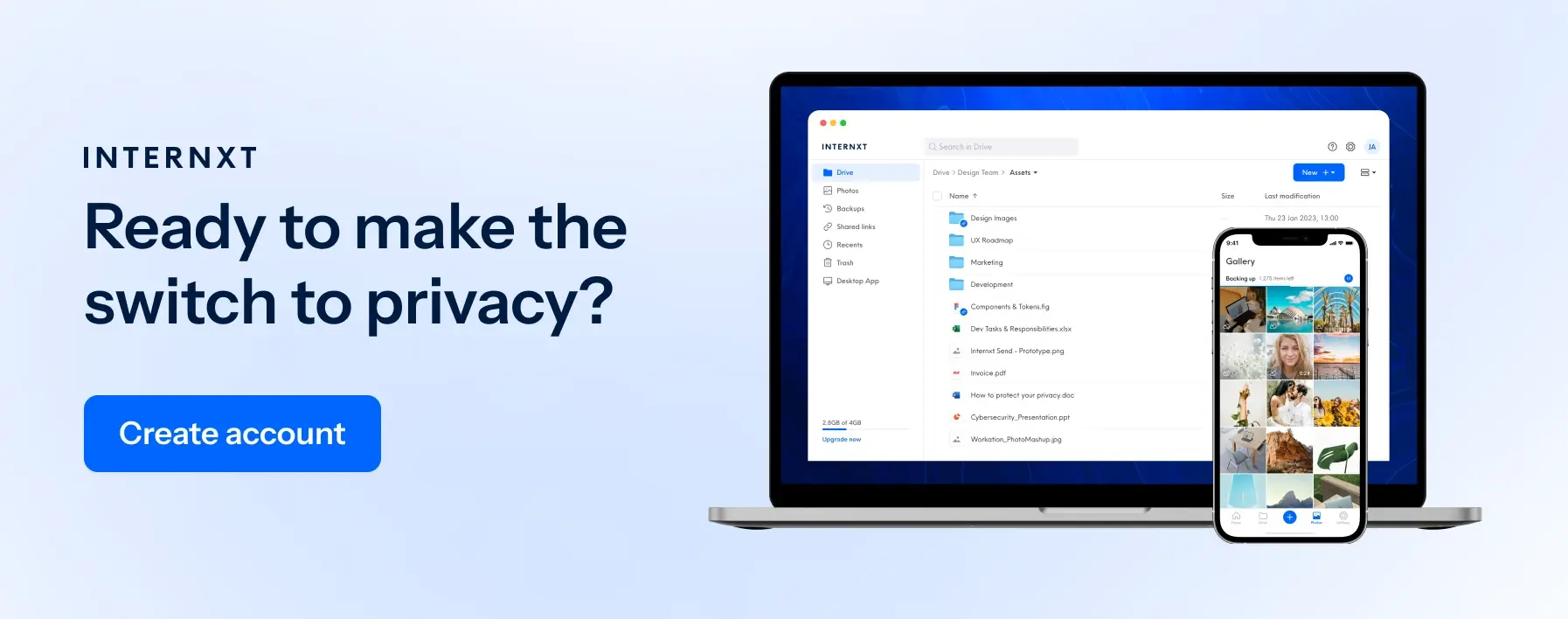5 Steps to Implement Identity Management and Secure Your Business

Processing valuable data has become an integral part of our daily lives. Any time you want to purchase anything, the bank manages the process to ensure the credentials match and you are authorized to purchase. That’s the most obvious example of an identity management system.
Identity management encompasses a multifaceted set of strategies, policies, and technologies that collectively address identifying individuals and controlling their access to digital systems and information. This management system is at the heart of cybersecurity and serves as a defense against unauthorized intrusion, data leakage, and misuse of critical assets.
However, improper handling of this system can be devastating, potentially affecting your online safety and the course of your life in the coming years. Here are some common mistakes that can lead to such undesirable consequences:
- When choosing a business bank account and Installing a banking app and set “password,” “12345678", your birthday, or your mother’s maiden name as the password
- Sticky Note Insecurity: Write the password on a Sticky Note conveniently attached to your monitor
- Inadequate Backup Procedures: Rather than implement secure procedures to secure your passwords, like a password manager, the password is written down on a piece of paper, and then lost or found by someone who can now access your accounts
Key takeaways: management systems deal with identifying who gets access to data and what kind of permissions they have. They address the critical challenge of identifying who is authorized to access sensitive data and determining the scope of permissions and restrictions each user should have.
Neglecting to implement effective practices can significantly reduce the security of valuable digital assets and personal information.
Why is Identity Management So Important?
Identify management is an essential process used to manage and control rights, permissions, and access rights for individuals or entities within a computing environment. If these measures are implemented correctly, the data will remain secure and is less likely to fall into the wrong hands.
Why are these systems so complicated to learn? Well, here’s what caused the rise of security stems software lately:
- Cybersecurity threats are growing faster than anyone can keep up (and those are only the ones we know of!)
- According to the FBI, millions of users were hit in 2022, and the costs in the coming year are measured in trillions. The criminals will start, predictably, with those whose security systems are weaker.
- Cybercriminals develop malware very quickly; when they release malware on vulnerable systems, it may take a few months for companies to identify and develop an effective antivirus or security update to fix the security vulnerabilities.
Without management strategies in place, cybersecurity precautions for your company will be simply powerless and will leave your company and employees vulnerable to attacks.
Now that you know what identity management is and how not to do it, here are your 5 steps to getting it right.
1. Run a full assessment
Before you begin, you need to know which direction to move in. Stephen Covey tells a story of a group of plane crash survivors who landed in the middle of a jungle and immediately started using sharp pieces of metal to cut their way through the jungle to the nearest village to get help.
Some chose to climb trees and look around, only to find out the village was in a different direction. The same concept applies here: if you want to get your identity management system right, first take your time to identify weak spots in your system.
- Identifying Unique Security Vulnerabilities: What are your system’s unique security spots? Identifying areas where unauthorized access or data breaches can occur is critical. Understanding these vulnerabilities is the first step in strengthening security.
- Addressing the Issue of Shared IDs: Are people sharing IDs? This practice can pose a significant risk because it makes it difficult to track the actions of specific users. Identity management mitigates this risk by assigning unique identifiers to each user.
- Remote Work and Public Wi-Fi Usage: Are they taking their work home and using public Wi-Fi networks, which are notoriously unsafe? Addressing this issue should be a priority, as it exposes your organization to potential hacking threats.
- Commitment to Security Practices: Is everyone taking their security practices seriously? Employees must understand the importance of following security protocols and actively participate in maintaining a secure environment.

Following these initial steps will help your company create an effective operational strategy that will secure your company from network attacks or hacks.
In addition, you need to determine the scope of the identity management project with your team. Do you require basic security measures and a secure method to store employee data or confidential information such as financial records such as company expenses?
Conducting a survey or gathering employee feedback can provide valuable insight into your organization's security needs and potential areas for improvement.
Having a clear understanding of your security objectives is security objectives is very important as it directly affects the associated costs and scope of the system implementation.
This strategic approach will ensure that your identity management system addresses specific vulnerabilities and protects your digital environment.
2. Define & identify areas of improvement
The next step in implementing a robust identity management system is to get specific. This requires defining specific goals and clarifying the important details to protect an organization's digital assets and make the following assessments:
- What are your weak spots?
- How can criminals take advantage of them?
- How will you prevent these risks?
Define access controls, authorization means and methods, and who in your company gets what level of access. Typically, the more time someone spends with the company, the more trusted they are.
Don’t just relax and take it easy once you find someone to trust. People will surprise you! Being complacent about security poses a significant risk to your company.
Identity management strategies and implementations require constant attention and adaptation to changing threats. If you deploy authentication methods, it’s worth considering multiple-factor authentication, diversifying finances, and keeping the necessary backups.
These are all proactive steps to strengthen your system and protect your organization from the unexpected. Stay watchful and prepared in an ever-changing cybersecurity landscape.
3. Develop and follow security strategies as a team
We already mentioned effective authentication protocols, but there’s virtually no limit to how far you can go if you’re enthusiastic about different security technologies.
A good login and a long, complicated password that doesn’t relate to your personal identifiable information (PII) is one of the basic but essential security protocols you can follow.
But why stop there? You can get your employees USB disks to wear around their necks that they unplug when they leave their desks so no one can use their laptop in their absence.
Role-based access control policies are the next level of identity management and may change depending on several factors.
Who in your company should have access to what? Your CTO? Probably to everything, the same goes for the team conducting security tests of your system, although their controls should be more limited. On the other hand, should the copywriter have access to the treasury? Most likely not.
User provisioning access runs along similar lines. It involves creating new user accounts, defining security permissions and roles, and deciding who can access the resources. This is more meta, meaning you can create a framework from these practices.
If you’ve defined role-based control policies, and they worked, you can write them down and then use them for the next time. Having your custom system is better than using a template from the Internet because yours is known to work.

4. Choose the right identity management solution for your needs
Practical solutions should combine user-friendly interfaces and impressive effectiveness, but that’s just a start. Strong authentication protocols, as we pointed out, are a must, but also consider granular access control features and robust identity lifecycle management.
A robust identity lifecycle management system is about creating and ending user accounts quickly and efficiently. That means your new employees will be granted access as soon as they start work to avoid losing time, and employees who leave no longer have access to files they shouldn’t to avoid disgruntled employees leaking information out of malice or revenge.
These systems also control who gets the correct levels of privileges relevant to their position in the company when their access gets upgraded or downgraded in some cases.
5. Control who has access to important data
Granular control features measure the extent of access your employees have to data. All these terms describe the same process in different words, but there is a difference.
Granular control access systems handle a process similar to identity lifecycle management systems, but they work at a more targeted and nuanced level. With finer settings and more features, you can control a user’s access level.
For example, Google Drive allows you to decide who can edit your docs and who can only read them, which is a granular control feature. A robust identity lifecycle management system is another set of tools that will switch off that access automatically when a user is logged off the system for the day or let go.
Google Cloud Platform's Identity and Access Management (IAM) is another example of robust access control. GCP's system allows precise assignment of roles to users and service accounts. It also offers essential auditing and monitoring capabilities to enhance transparency and accountability.
A good IAM will also run checks in the background to ensure new users can access resources (Google Cloud consulting services are an example worth checking out).
How to Deploy Your Identity Management Solution Effectively
It’s worth starting with a dry run before you install a new identity management system. Begin with a pilot phase in a controlled environment, get your employees to give you feedback, and see how everything works out. There’s nothing worse than getting locked out by your own system by an entity you’ve just empowered to do that!
Although frustrating, it is not so bad compared to a few other instances you can imagine if you’re running a large company and have serious responsibilities.
- Test your system in a sandbox first, gather feedback, and only then move on to deployment. That’s our advice.
- The second part of that process is to ensure you always have the correct systems to backup files. Better yet, consult a professional and keep them in the loop.
- The third part is to train your employees to use and understand the identity management protocols your company has put in place. For some reason, people find skipping the training part tempting, which can lead to devastating consequences and cyberattacks that compromise your data.
Deploying a system is a complex endeavor that requires careful planning, extensive testing, expert guidance, and thorough employee training. Strict adherence to these steps will enable the successful implementation of a security technology, strengthen cybersecurity, and ensure safe operations.
Embracing Comprehensive Protection of Data for Your Company
Implementing an effective system is essential to ensuring data security and mitigating cybersecurity risks. It is vital to keeping your company, network, or individual system secure.
Identity management ensures that the right people have access while protecting against unauthorized intrusion. With the proper knowledge, an employee can implement a robust system to strengthen overall cybersecurity and protect valuable data.

Setting up Identity Management Methods for Effective Security
The consequences of neglecting this critical component are too severe to ignore: data leakage, financial loss, and reputational damage are just a few missteps away. A correctly implemented identity management strategy prevents potential adversaries and allows organizations to optimize resources and streamline access management.
The larger the businesses are, the more unprecedented amounts of data they accumulate, and that's when the need for effective security becomes more crucial than ever.
Avoiding unauthorized access to sensitive data is a process that will take time to do correctly, but the first step you can take is to store your data with a provider that values your privacy, such as Internxt. The following steps may seem stressful and time-consuming, but the rewards are well worth the effort.

